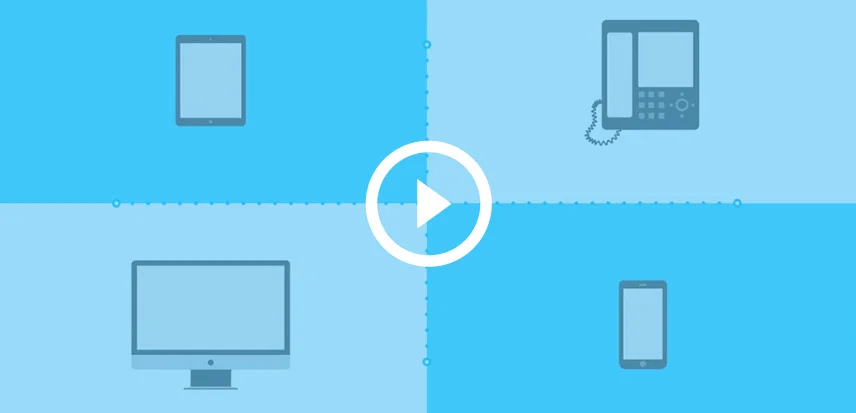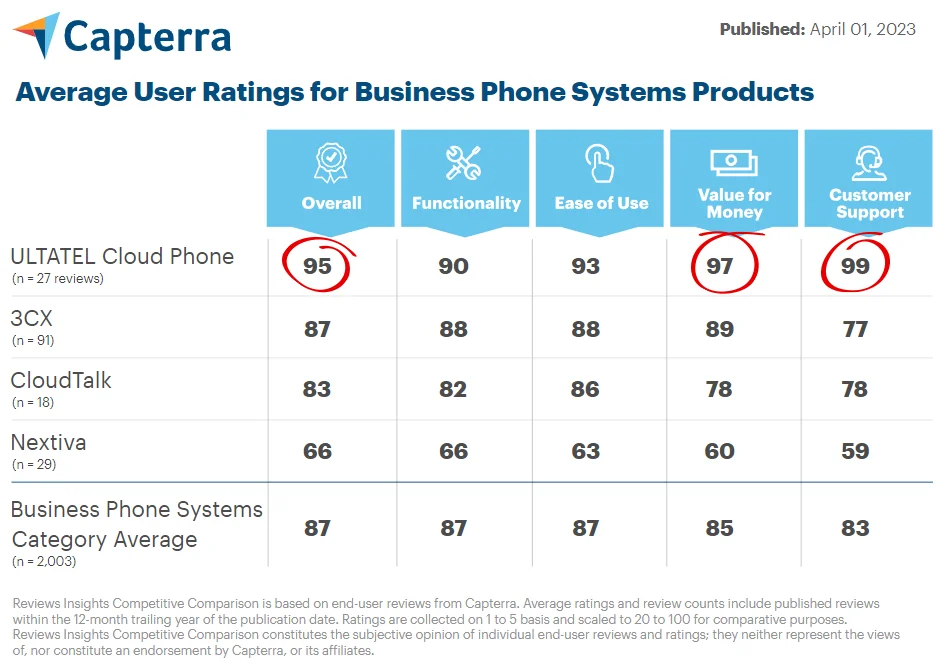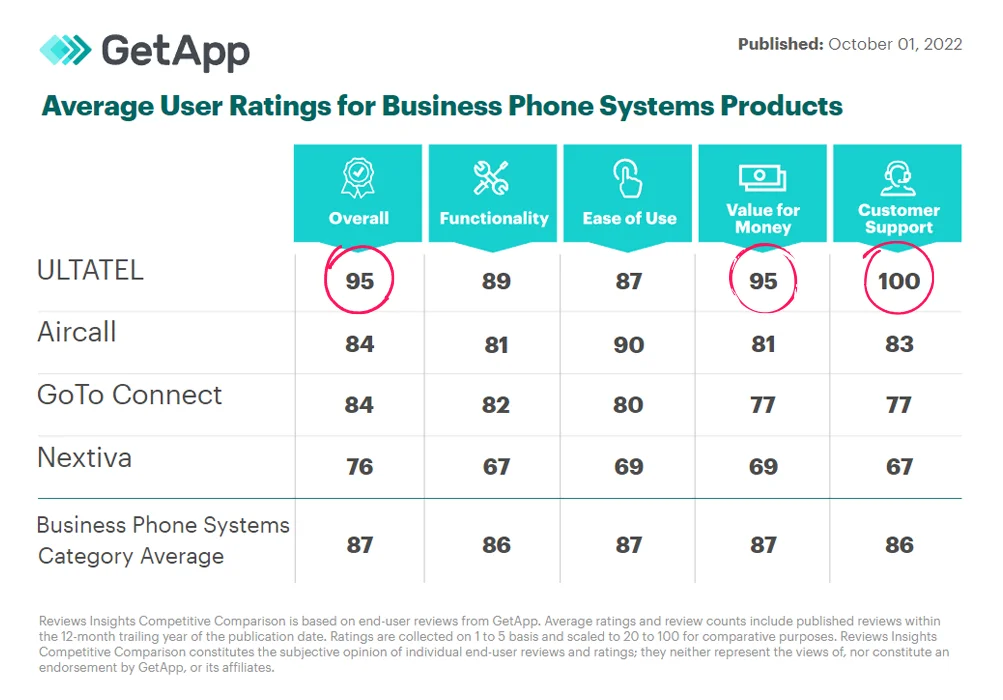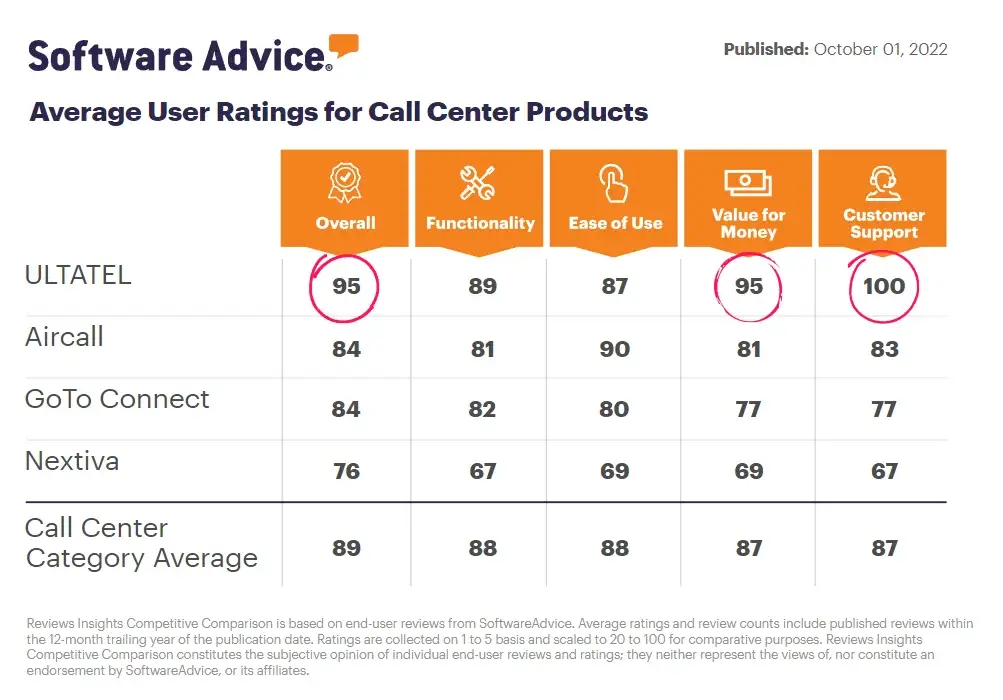What is Call Routing?
Call routing is the process of directing callers to the desired destination based on the type of phone line they are calling from, the number dialed, or some other criteria.
The process of routing calls can be manual or automatic. Manual call routing is when a person, such as a receptionist, answers a phone call and then routes the call to the appropriate party based on the caller’s needs. On the other hand, automatic call routing uses sophisticated computer algorithms to direct calls based on a caller’s needs and preferences.
How Does Call Routing Work?
When a caller makes a call, the call is first routed to a central location, such as a receptionist or an automated call router.
The receptionist or automated call router then looks at the caller’s information, such as the phone number they are calling from or the type of phone line they are using, and routes the call to the appropriate destination.
What Are the Different Types of Call Routing?
There are many different types of call routing available, depending on your needs and preferences.
Some common methods include geographic routing, which routes calls based on geographical location; least cost routing, which routes calls based on the cheapest possible connection; and time of day routing, which routes calls based on the time of day or week.
Manual or Automatic Call Routing?
The type of call routing you use will depend on your business needs and preferences. If you operate a small enterprise and have a simple phone system, manual call routing may be all you need.
However, if you have a more complex phone system, automatic call routing may be the better option.











